We use cookies to make your experience better. To comply with the new e-Privacy directive, we need to ask for your consent to set the cookies. Learn more.
What is an LFO?
An LFO, or low-frequency oscillator, is a module in a modular synthesizer that generates a low-frequency signal, typically between 0.1 and 20 Hz. This signal is then used to modulate other parameters within the synthesizer, such as pitch, amplitude, or filter cutoff.
Several different types of LFOs can be used in a modular synthesizer. Some of the most common include:
* Basic LFO: This is a simple LFO that generates a single waveform, such as a sine wave, square wave, or triangle wave. These waveforms can be used to modulate various parameters within the synthesizer.
* Voltage-controlled LFO: This type of LFO allows the user to control the frequency of the LFO using an external voltage source. This can be useful for creating more complex modulation patterns.
* Quadrature LFO: A quadrature LFO generates two waveforms at the same time, typically a sine wave and a cosine wave. These waveforms are 90 degrees out of phase with each other and can be used to create more complex modulation patterns.
* Variable waveform LFO: This type of LFO allows the user to adjust the shape of the waveform generated by the LFO. This can be useful for creating unique and varied modulation patterns.
Overall, LFOs are an essential module in a modular synthesizer, allowing the user to create complex modulation patterns and add movement and variation to their sound.
